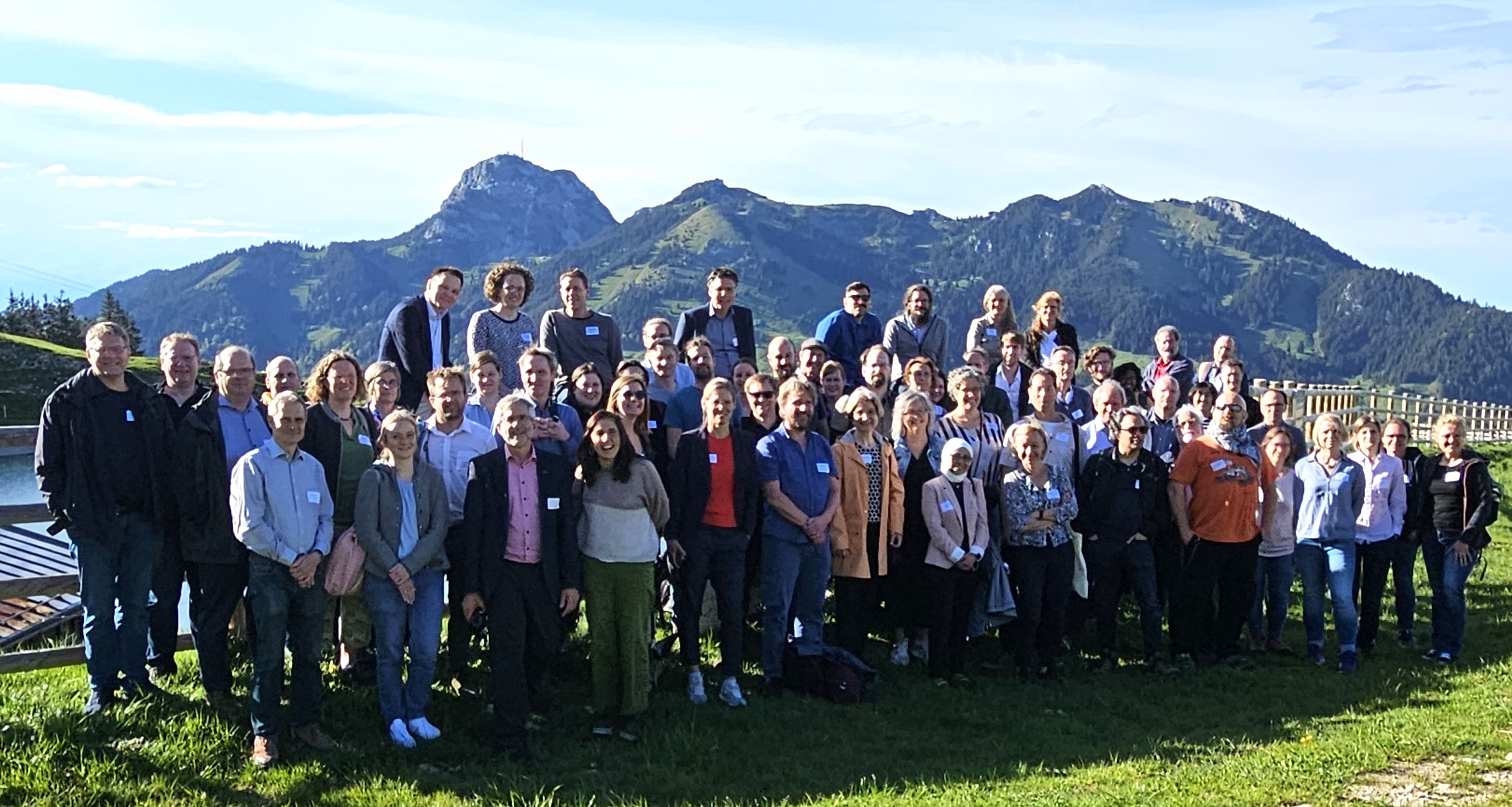Proceedings and videos of keynotes The conference proceedings and recorded keynote videos from the 12th…

University of Toronto, Canada
How can engineering educators facilitate student learning about ethical dilemmas using case studies? More importantly, how can we honour the micro-ethical nature of individual decision-making without ignoring the macro-political impact of these decisions? One way to bridge the micro/macro gap is to centre equity in our discussion of ethical dilemmas using three instructional strategies: 1) use mindful listening exercises to set the tone of the conversation; 2) conduct an equity analysis even when the main actor in the case study has not explicitly named equity; and 3) treat dualisms (micro/macro, theory/practice, social/technical) like conceptual tensions rather than mutually exclusive poles.
Engineering educators have been using case studies to teach professional ethics for several decades. Some of these cases involve large-scale disasters resulting in death and devastation, while others have been created to highlight key clauses in the ethical code. Unfortunately, neither approach addresses systemic inequities woven through engineers’ professional practice.
How do you advise a small, family-run paint business under threat of bankruptcy about their environmentally unsustainable dumping practices? What happens when your professor introduces the cotton gin as a progressive example of mechanization without accounting for the history of nationally sanctioned racism in the form of slavery? How can you conduct an accurate analysis of a leaky tank in the midst of deteriorating relationships between commissioning engineers and operators? What difference does it make if the “you” in these cases is young, female, or Black and the supervisors or operators are White men with more seniority and organizational authority? These ethical dilemmas were raised by three of the fifteen Canadian engineers we interviewed between 2013 and 2015 for an ethics and equity case study project at the Faculty of Applied Science and Engineering, University of Toronto. Their experiences taught us that engineers make ethical decisions on an uneven organizational and socio-political terrain.
While it is important and relatively straightforward to provide engineering students with case studies illustrating large-scale historical disasters, these cautionary tales do little to help them navigate everyday ethical dilemmas. At the other end of the spectrum, open-ended cases often promote student engagement, but they may simultaneously derail equity considerations by inviting an, “anything goes” mentality. Two decades of work as an equity and social justice educator have taught me that it can be extremely challenging to integrate open-ended ethical case studies into engineering classrooms without training, commitment, and experience. Here are a few lessons I have learned along the way: 1) use mindful listening exercises to set the tone of the conversation, decreasing the likelihood of rational argumentation or backlash; 2) avoid decoupling ethics from equity even when equity is not explicitly named in the case; and 3) treat dualisms (micro/macro, theory/practice, social/technical) like conceptual tensions rather than mutually exclusive poles. For more information about our engineering ethics and equity project, please see the following article.
Acknowledgements: This editorial emerged from a research collaboration with Doug Reeve, Emily Moore, Robin Sacks, and Michael Klassen. The project was partly supported by the Dean’s Engineering Instructional Innovation Program Fund at the Faculty of Applied Science and Engineering (FASE), University of Toronto. The opinions expressed in this editorial are my own, and do not necessarily reflect the views of the larger project team or funding body.
